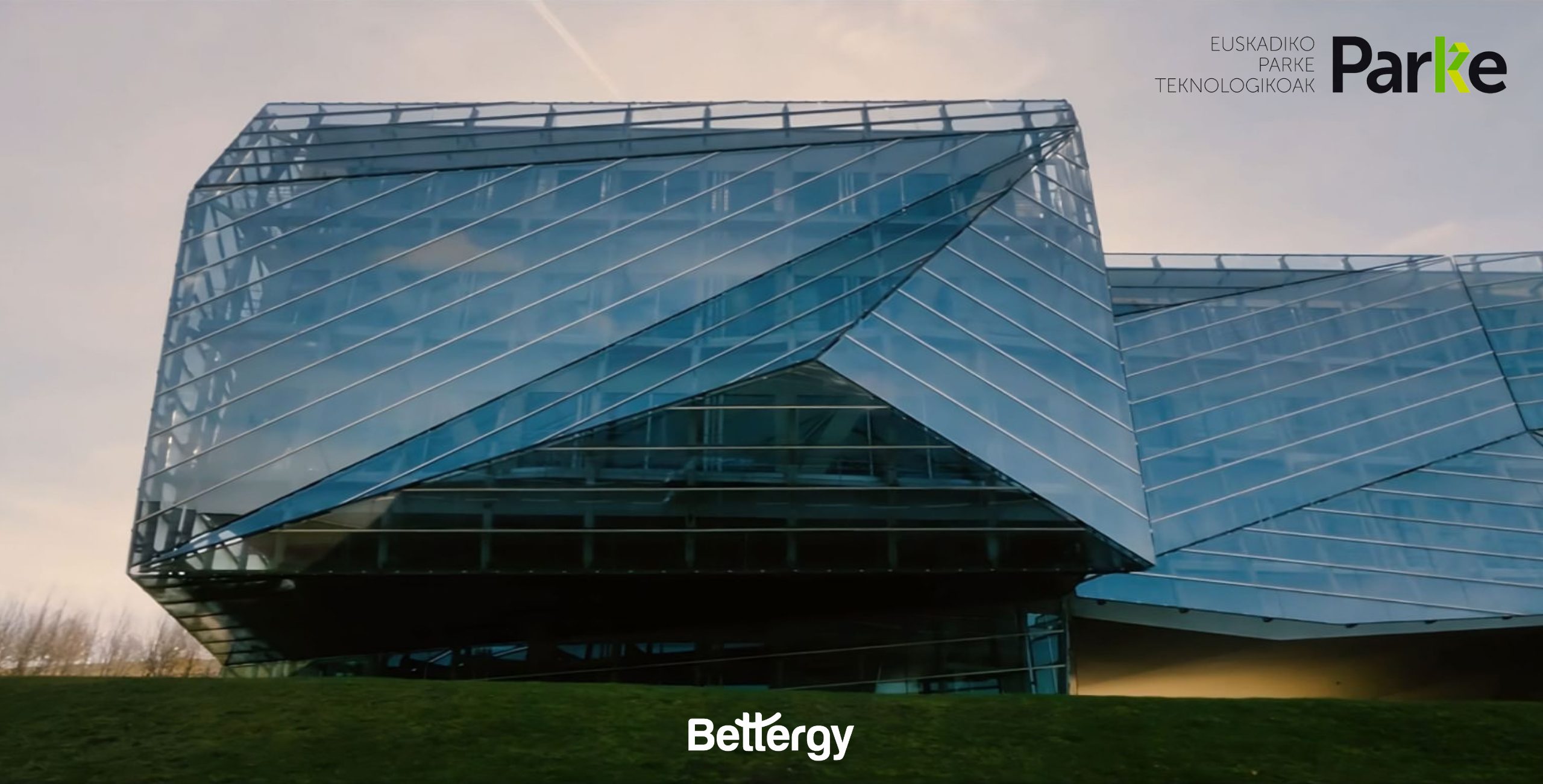The energy transition requires a greater involvement of citizens, institutions and local companies in the energy projects carried out at the municipal level. The new opportunities offered by the energy transition in which we are immersed generate the emergence of new cooperation systems that promote a fairer, more efficient and collaborative system of our energy resources.
Local energy communities offer an opportunity in this new framework, ensuring that these energy projects also provide social, economic and environmental benefits that have an impact at the local level, achieving greater acceptance of these actions.
What is a local energy community?
An Energy Community is a legal entity where citizens, SMEs and local authorities come together, as energy end-users, to cooperate in generation, consumption distribution, storage, supply, aggregation of energy from renewable sources or offer energy efficiency and/or demand side management service.
Their main objective will be to offer energy benefits, from which environmental, economic and social benefits are derived.
In general terms, energy communities can be formalized as cooperatives, associations, consortiums or foundations, among other possible forms.
An energy community not only produces energy for lighting, but can also be used for transportation, heating, and manufacturing processes, for example.
How to create an energy community?
A group of people come together to form an association, civil organization, company, cooperative or any other legal structure. The common interest is the sustainability of the planet in energy generation.
The second step is to contact the entity responsible for energy in the locality to express the concern.
The choice of the type of energy is crucial and will depend on local possibilities. A person or entity specialized in renewable energies will guide the project by suggesting the most suitable conditions for the community environment.
Processing permits and other administrative requirements.
The Energy Communities are composed under two promotion mechanisms, which are:
Bettergy now extends its utilities by launching a new module that allows to generate photovoltaic studies in the collective self-consumption mode, which completes a suite that includes a solar calculator, customized reports for photovoltaic offers, improving the user experience.
EnergySequence digitizes this experience, making it easier for solar energy developers, marketers and installers to efficiently carry out collective self-consumption projects. It is a project modeling tool to streamline the sales process, which allows the creation of professional proposals in a matter of minutes.
One aspect to highlight is that by carrying out collective self-consumption studies, not only photovoltaic studies can be generated, but also savings studies can be generated for each of the installations included in the study.
In this way, energy marketers will not only be able to offer their customers photovoltaic self-consumption, but will also be able to provide additional value by combining savings through tariff changes, surplus compensation or power optimization.





